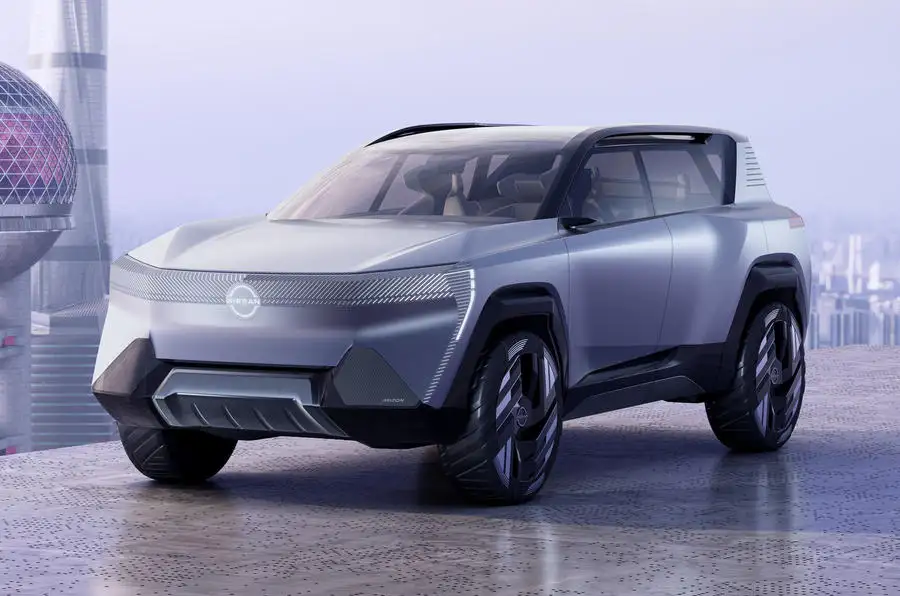Nissan is considering exporting cars from China to other markets to make up for lost sales.
Nissan is considering exporting vehicles out of China as it looks to exploit the country’s efficient supply chain and also replace sales lost to domestic makers in the country, CEO Makoto Uchida has said.
Like most global auto makers operating in China, Nissan has seen its market share fall due to growing consumer interest in new Chinese brands.
In the nine months to the end of 2022, Nissan’s share fell to 4.5%, down from 6.2% in the 2020 financial year, the company’s most recent numbers show.
Exporting locally built models could be one way to improve the efficiency of its China operations, Uchida said.
“Many OEMs are thinking about exporting and that could be one of the options we have to think about in the future,” Uchida told the Financial Times’ Future of the Car conference on Wednesday.
China’s globally leading automotive supplier network, particularly in electric vehicles, can keep costs down to the point that exports become cost-effective. “There’s a good supplier base in China and we need to see how we can utilise that asset,” Uchida said.
Global brands exporting EVs from China to markets such as Europe include BMW with the iX3 SUV and Dacia with the Spring small EV.
Nissan recently unveiled a new concept for a Chinese EV at the Shanghai motor show called the Arizon, based on the same CMF-EV platform as the Ariya. Nissan also markets the Venucia range of cars with its joint-venture partner Dongfeng, which includes a number of budget EVs.
Uchida said Nissan was working to adapt itself to a much faster pace shown by domestic car makers. “Their development lead time is quite agile as compared to our global standard,” he said. “Their time to market is much faster than we expected.”
Uchida also warned that all regions should expect more Chinese exports. “There’s a lot of eagerness for Chinese brands to export from China. That is massively coming,” he said.
Nissan has said it will roll out 19 new battery EVs globally by 2030 as it tries to reclaim its leading EV status, initially gained by the early launch of the Leaf EV in 2010, itself an adaptation of a Chinese model. The car was also called the Venucia e30 in China.




